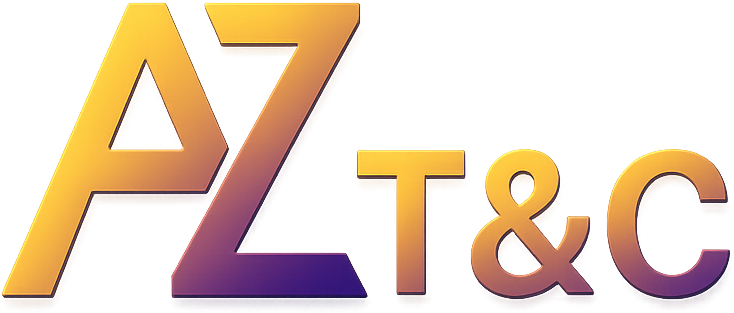In most organizations, user access tends to accumulate over time. Employees change roles, contractors come and go, and service accounts get created “temporarily” but never cleaned up. Every one of those forgotten permissions becomes a potential path for abuse or breach.
That’s where system access reviews come in — the simple but powerful habit of regularly reviewing who has access to what, and why.
What a System Access Review Is
A system access review (also called an entitlement review or privilege review) is a recurring process where administrators, managers, and security teams validate all user permissions across key systems — cloud platforms, file shares, applications, and administrative tools.
The goal is to confirm that every permission:
- Still makes sense for that person’s role
- Follows the principle of least privilege
- Has an accountable owner or business justification
By turning this into a cycle — monthly, quarterly, or semi-annually — access hygiene becomes part of your ongoing security rhythm rather than a one-off cleanup project.
Why It Matters
Breach Prevention
Most breaches don’t start with advanced exploits — they start with old, excessive, or orphaned accounts. Regular reviews limit the damage surface by removing dormant or over-privileged access before it can be exploited.
Compliance Simplification
An established access review process — complete with review logs and approvals — makes meeting governance and audit requirements far easier.
Least Privilege Enforcement
Over time, users collect permissions as they switch teams or take on projects. Without reviews, those privileges accumulate and violate least-privilege principles. Routine cycles keep permissions trimmed to what’s actually needed.
Operational Visibility
Access reviews often uncover issues like shared admin accounts, unmonitored service identities, or overlapping group policies that weren’t caught elsewhere.
Making Access Reviews Practical
An effective system access review doesn’t have to be complicated or disruptive. Start with:
- Scope: Focus on critical systems first — identity providers, finance platforms, and production environments.
- Ownership: Assign reviewers (team leads or system owners) to verify their own areas.
- Cadence: Quarterly reviews are realistic for most organizations; monthly for highly sensitive ones.
- Automation: Use IAM or reporting tools to generate review lists and track sign-offs.
- Documentation: Record what was reviewed, who approved it, and what changes were made.
How Often Should System Access Reviews Take Place?
The right review frequency depends on how critical your systems are and how often roles or personnel change. The goal is to strike a balance — frequent enough to catch drift and unused accounts early, but not so often that reviews become a burden and lose consistency.
Quarterly Reviews (Recommended Standard)
For most organizations, quarterly system access reviews are the sweet spot. This cadence aligns with financial and operational reporting cycles, keeps permissions current, and satisfies most governance and oversight expectations. It’s especially appropriate for systems that manage sensitive data, authentication, or billing information.
Monthly Reviews (High-Security or Regulated Environments)
In high-security or tightly regulated environments such as healthcare, finance, or government, monthly or continuous reviews may be required. These focus on privileged and administrative accounts, where even small oversights can create major security risks.
Semi-Annual Reviews (Stable Teams or Moderate-Risk Systems)
Organizations with smaller, consistent teams and well-defined access policies can often operate safely on a six-month review cycle. This schedule still ensures meaningful oversight without overloading IT or management.
Annual Reviews (Low-Risk or Static Environments)
For low-risk systems — such as informational websites, legacy archives, or read-only reporting platforms — an annual review may be sufficient. Even then, access changes should still be documented and verified whenever staff or vendors change roles.
A Tiered Approach
- High-risk systems: administrative, production, financial, HR — reviewed quarterly
- Moderate-risk systems: internal apps, collaboration tools — reviewed semi-annually
- Low-risk systems: archives, test environments, static content — reviewed annually
Automation can streamline this process. Modern IAM platforms and reporting tools can identify inactive accounts, privilege escalations, or orphaned access between scheduled reviews — keeping your access posture clean year-round.
Platforms That Should Be Reviewed Regularly
Access reviews should target systems that store sensitive data, control authentication, or support operations. These are the areas where unused or excessive access can cause the most harm if left unchecked.
Identity and Authentication Systems
Review user and admin roles in your core identity platforms — where accounts are created and permissions originate. Examples include Entra ID, Okta, or Active Directory.
Cloud and Hosting Environments
Check who has administrative or deployment access to cloud resources, virtual machines, and hosting dashboards. Include your hosting control panel, domain registrar, and DNS management tools.
Websites and File Access
Review all website admin accounts, FTP/SFTP credentials, and database management logins. Website platforms like WordPress should have active user lists cleaned up regularly.
Business and Collaboration Applications
Focus on systems that handle internal communication or customer data — email, project management, CRM, and file-sharing platforms. Ensure access aligns with each person’s role and project responsibilities.
Security and Monitoring Tools
Restrict who can modify or disable antivirus, endpoint protection, or monitoring configurations. These platforms often hold high privileges and should be reviewed carefully.
Development and Infrastructure Tools
For organizations with in-house development or automation, review repository, CI/CD, and container registry permissions to prevent credential misuse.
Access reviews are one of the simplest, most cost-effective ways to strengthen security posture — yet they’re often overlooked because they don’t feel urgent. But when done consistently, they quietly eliminate unnecessary risk, improve compliance, and help maintain a clean, trustworthy identity environment.
If your organization could use help establishing or automating system access reviews, AZTANDC can help assess your current setup, define practical review processes, and implement tools to keep permissions under control.

